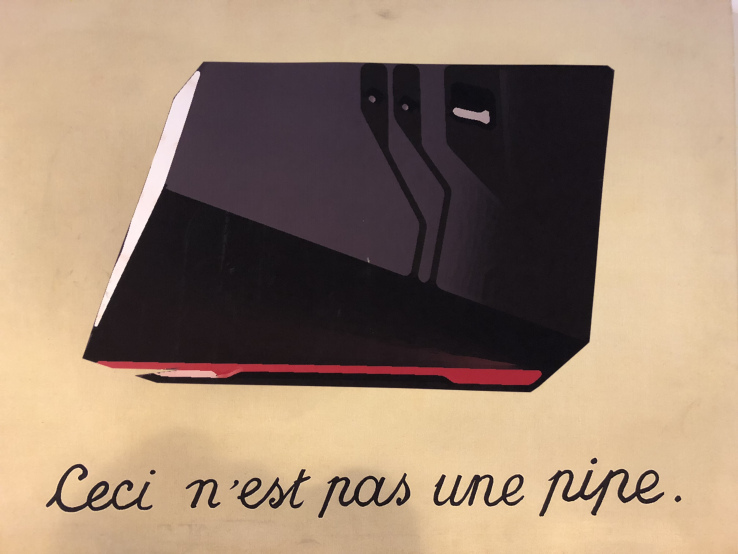

French startup Blade, the company behind Shadow, announced at a press conference that it is launching new offers, updating specifications and the ability to become a client and buy a subscription without any waiting list.
Shadow is a gaming PC in the cloud for a monthly fee. The company has been running thousands of computers with an Intel Xeon processor and an Nvidia GTX 1070 in a data center near Paris. You can then play demanding PC games on a crappy laptop, on a TV thanks to Shadow’s own little device (pictured above), on an Android phone and more.
Let’s start with the new specifications. “The next-generation Shadow is more powerful. When we started Shadow, we said obsolescence would be a thing of the past,” co-founder and CEO Emmanuel Freund said. “That’s what we want to prove today.”
Existing Shadow instances will be updated and have 8.2 teraflops of computing power compared to 6.5 teraflops with the previous configuration. The company says it is the equivalent of a $1,900 computer (€1,600).
When David Legrand from Next INpact asked about the new GPU, Freund didn’t want to name the exact model. From what I’ve heard, it’ll be a mix of GeForce GTX 1080 and Quadro P5000 at first. Nvidia doesn’t recommend using consumer cards in servers because they’re not meant to be running 24/7. At the same time, professional cards are more expensive.
But it’s clear that Nvidia wants Shadow to switch to server-grade GPUs in the near future — Quadro P5000 and GeForce GTX 1080 should be more or less as powerful. When it comes to CPU, Shadow currently uses Intel Xeon 2620 processors.
While there are already thousands of clients, Shadow has been very slowly rolling out its service. There’s now a huge waiting list of people waiting for the next batch of instances. Starting on November 29, you’ll be able to subscribe instantly.
The company is opening two new data centers — one in France for the company’s home countries and neighbouring countries, and another data center in Santa Clara. Shadow has signed a partnership with Equinix, and 2CRSI is manufacturing custom servers for Shadow with four GPUs per server.
A Shadow account will cost $53 per month, or $41 per month with a three-month commitment, or $35 if you’re willing to pay for a year (€44.95/€34.95/€29.95). Those prices aren’t changing, but there are two major changes — you get a beefier computer and you don’t get Shadow’s own device by default.
Now, you can pay $140 or $9 per month (€119.95/€7.95) to receive Shadow’s bridge computer. It is a good way to use your Shadow on your TV for instance. But if you only plan on using Shadow with your existing computer with Shadow’s apps, you don’t have to pay for this option anymore.
In addition to that, Shadow is launching a second version of its app called Shadow Beyond. “On an Android phone or a TV, you rarely use a keyboard and a mouse to browse Windows,” Freund said. So the company is launching a sort of media center interface to access your content. You’ll be able to launch games, movies, photos, music and files.
Freund reiterated that the company wants to attract 100,000 customers by the end of 2018. In order to do this, Shadow has added adaptive streaming to its streaming clients. When you stream a video on YouTube, your browser automatically switches from 480p to 1080p if you have enough bandwidth, and sticks to 480p if you don’t have a fast connection.
Shadow is using a similar technique to downgrade image quality if you’re using a DSL connection with only 15Mb/s. “15 million homes [in France] can now use Shadow instead of 5 million homes,” Freund said.
Back in June, the company raised a Series A round of $57.1 million (€51 million). Many companies are working on computer instances in the cloud, such as Nvidia with GeForce Now and Amazon with WorkSpaces.
Shadow is focusing on gamers first as they’re demanding clients when it comes to latency and service quality. The company hopes that this narrow focus will help them improve the service and attract more clients in the future beyond gamers.

